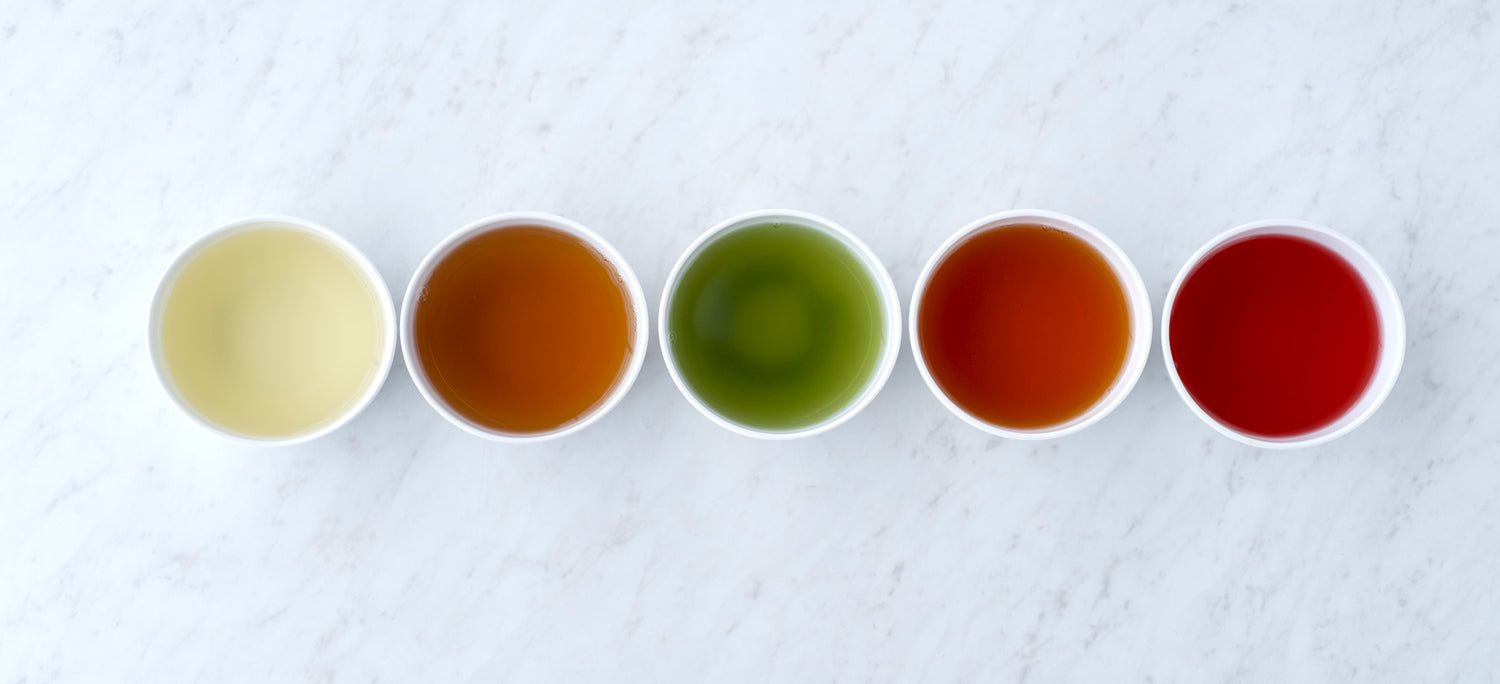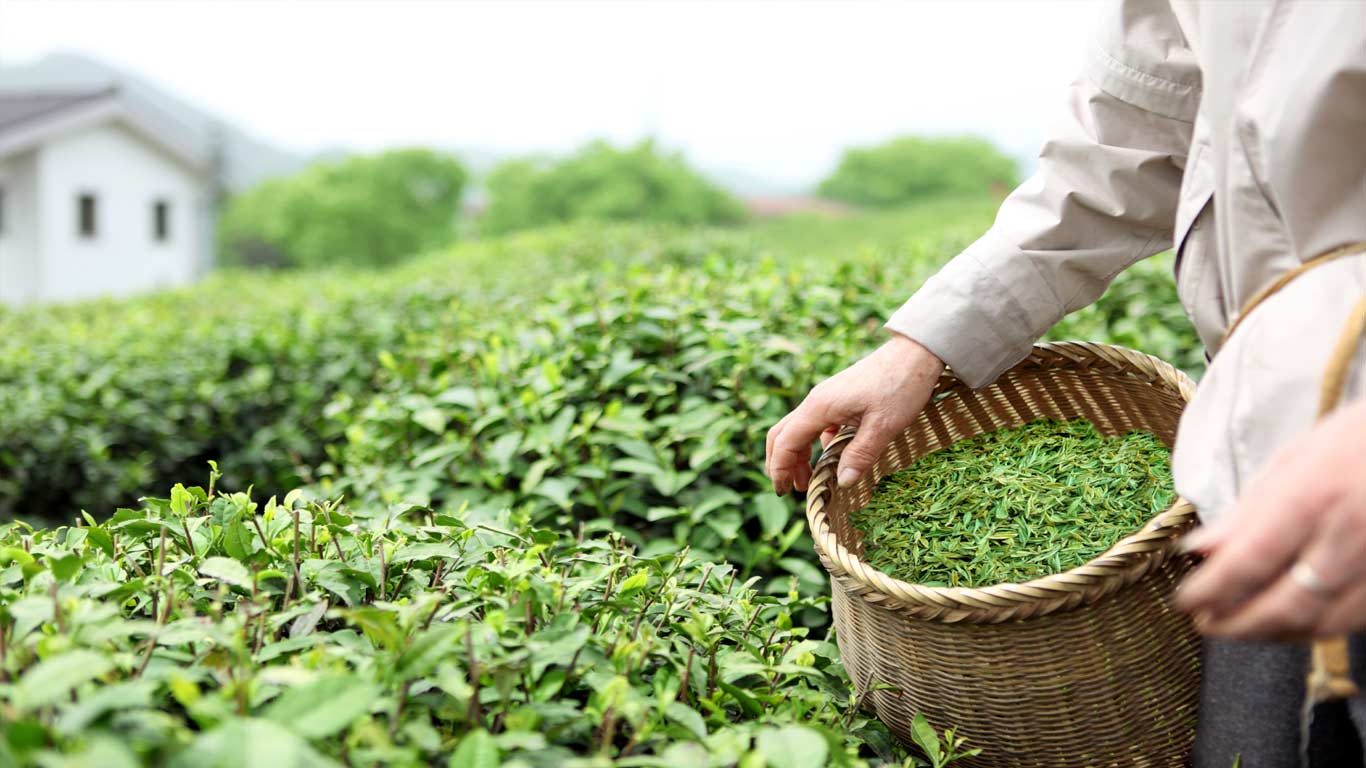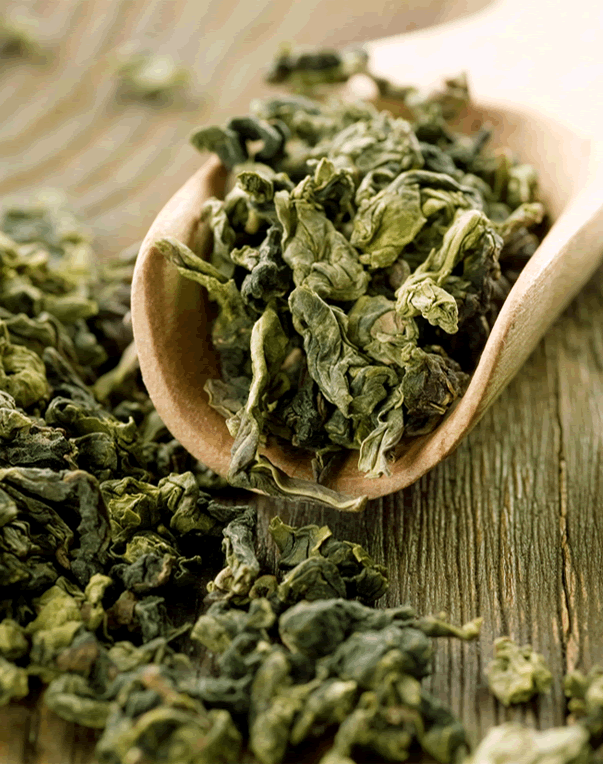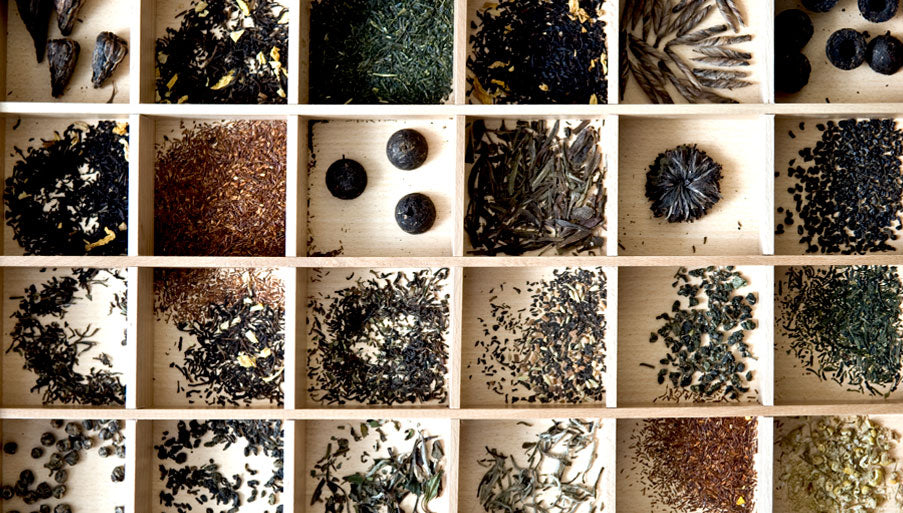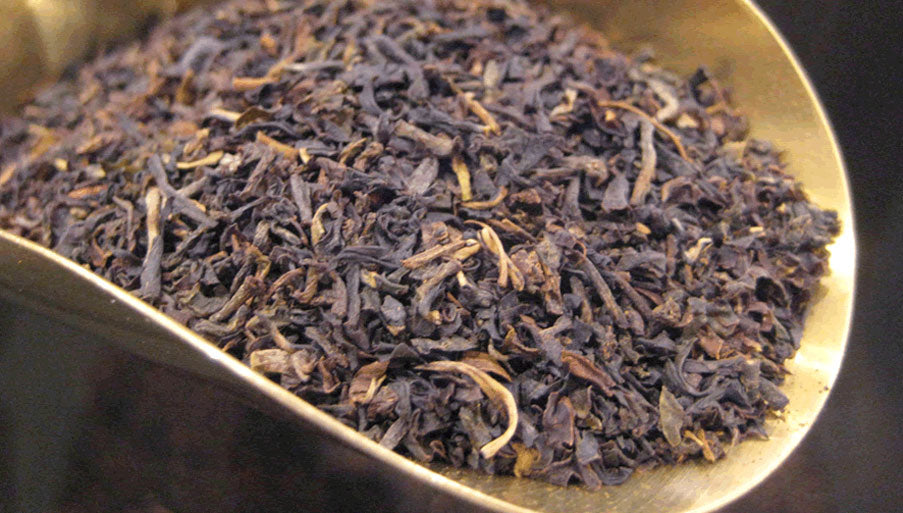Tea has been a much-loved beverage for thousands of years by cultures all over the world. Each culture brought their own brewing and serving methods to the tea tradition, often accompanied by ritual or ceremony. We’re pleased that tea has survived the test of time, and even in today remains the worlds’ most widely consumed beverage.
While there are many varieties and flavors of tea available, amazingly, they all derive from one tea plant—the Camellia Sinensis, which is an evergreen shrub. While all parts of the tea plant are used to make mass-produced and low quality teas, we use only the uppermost leaves and buds in our fine teas, as these are the youngest and tenderest.
When new leaves sprout, it’s called a flush, and within one growing season a plant may flush as many as two or three times. Darjeeling teas are known to be among the worlds most famous and enjoyed flushes.
A tea plant’s growth may be affected by many factors, including rain, temperature, frosts and altitude, which combine to affect the character and appearance of the leaves. Perhaps the largest influence in the development of exquisite teas is the soil and growing region, which significantly affects a tea’s flavor and fragrance. These influences, along with the manufacturing process, work together to produce all the tea varieties we know and love.
Tea Processing
Teas are processed either by the orthodox method, which is mainly by hand, or by the crush, tear and curl method, also called CTC. During CTC, leaves are compressed to squeeze out the excessive moisture, and then they’re torn and curled into little balls that look just like coffee crystals. CTC is used for lower quality leaves, and does serve a purpose when you’re talking about being able to process large volumes quickly. And, CTC helps bring out a strong, robust flavor from lesser quality leaves.
Tealeaves are set out in the shade until they become soft enough to roll without breaking. Rolling itself is normally done by machine, which enhances oxidation. Black teas are oxidized for a longer time period, making it more pungent. Oolong is oxidized for shorter periods, green teas slightly and white teas, not at all. Tealeaves are then fired to stop the oxidation, and to dehydrate them for storage.
Tea Grading
When you look at a tea grade, it tells you about the dry, cured leaf only, and says nothing about the tea’s aroma, color or flavor.
Tea grading as a whole is not standardized throughout the industry, but a brief primer will help you decipher some of the acronyms and nomenclature you’ll discover while on your tea journey.
